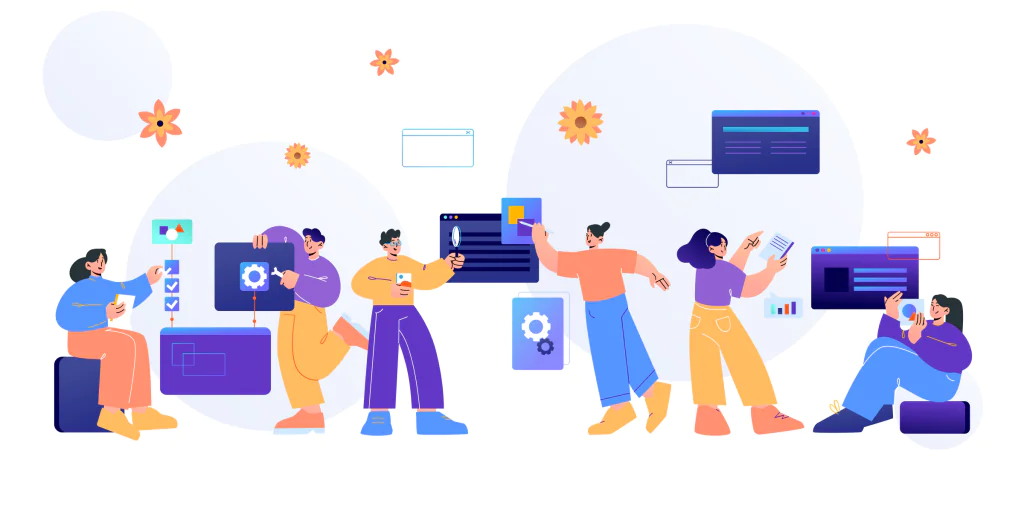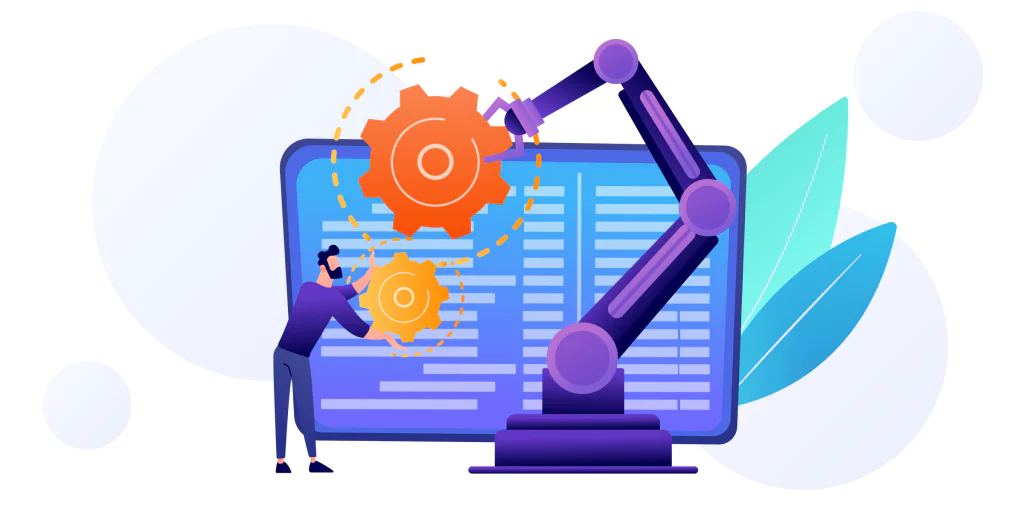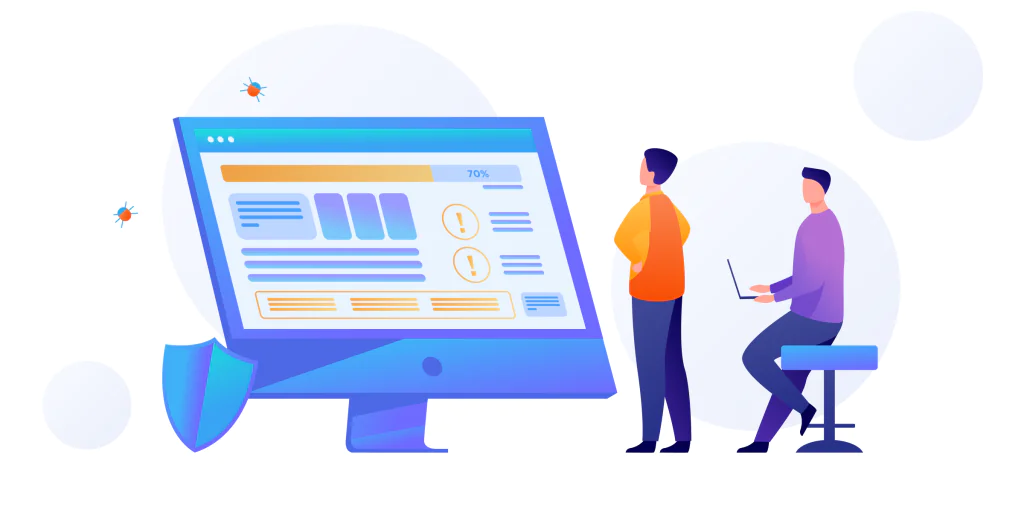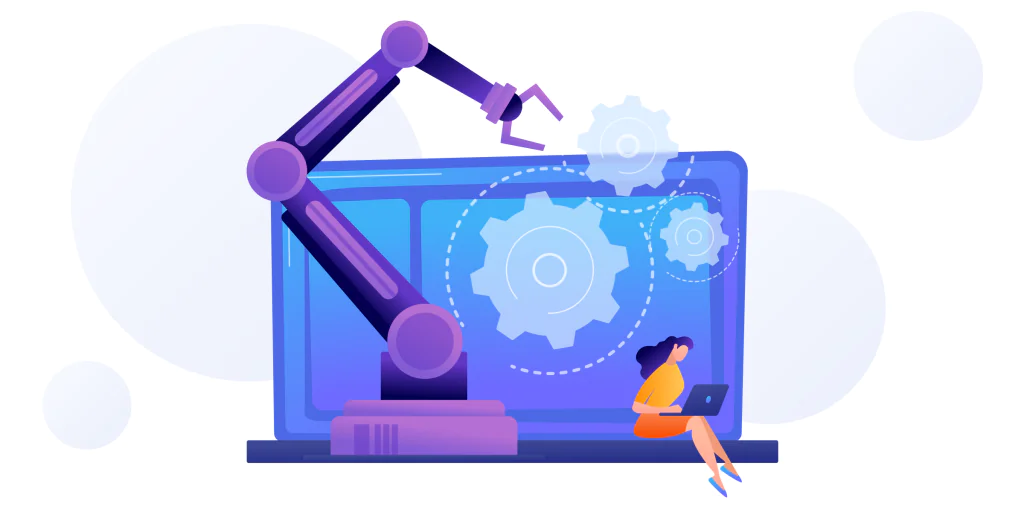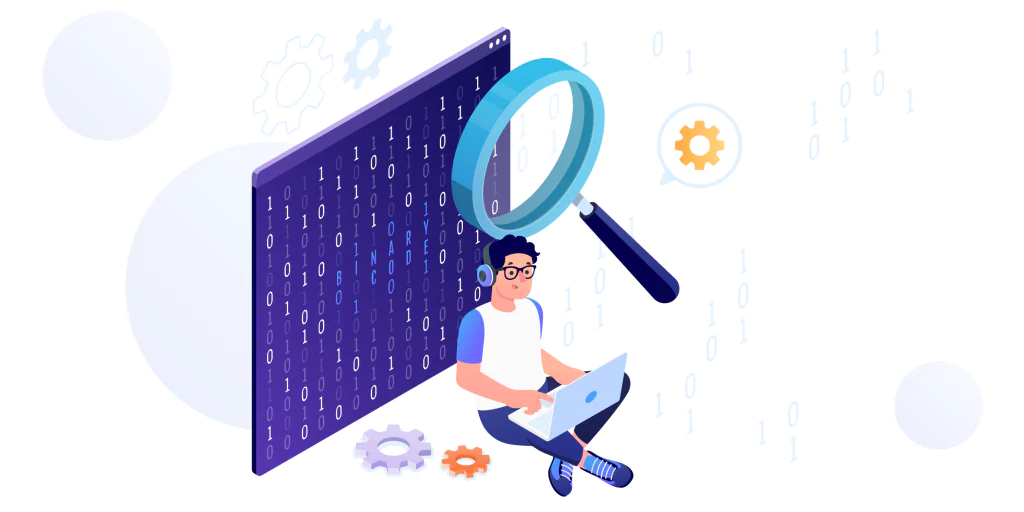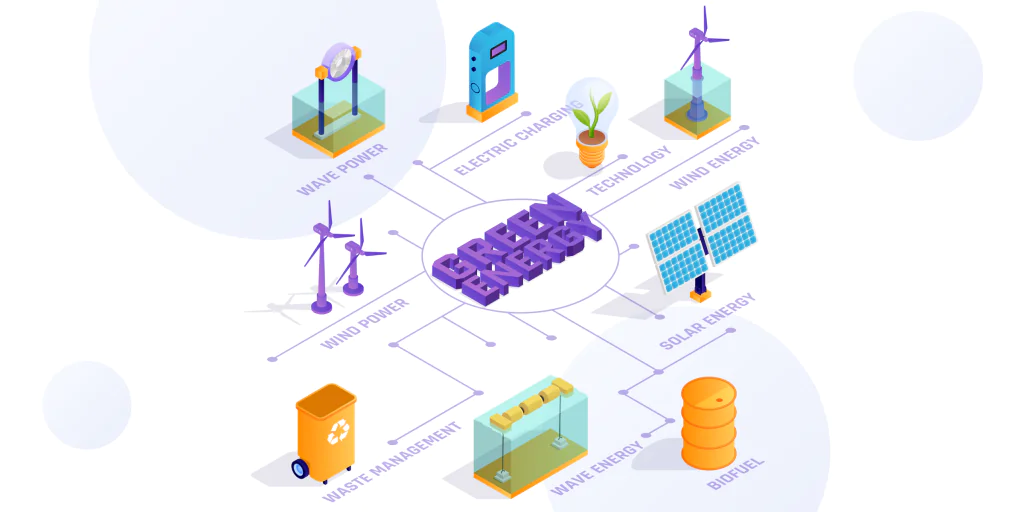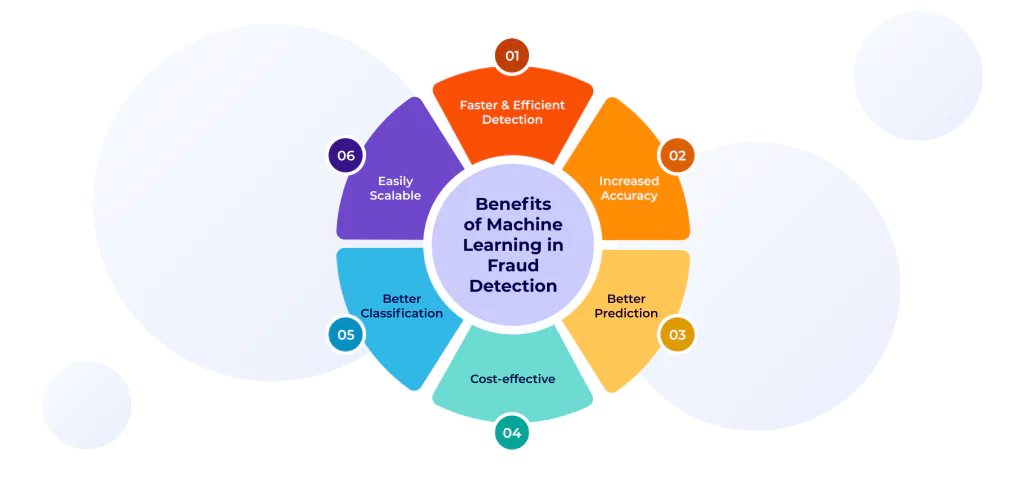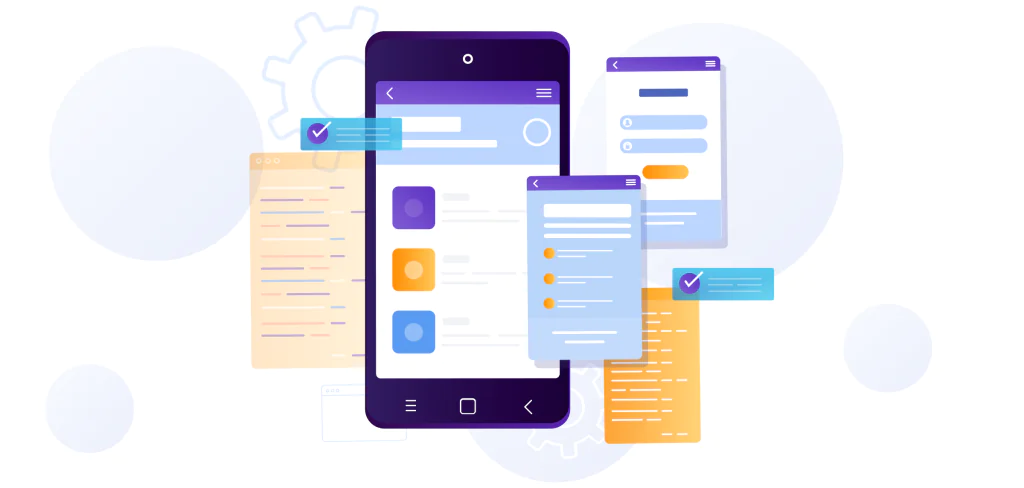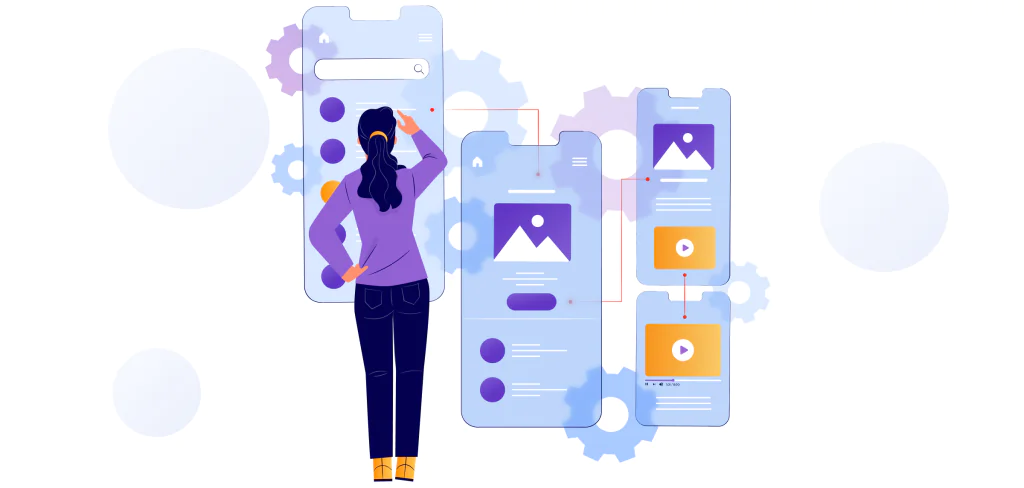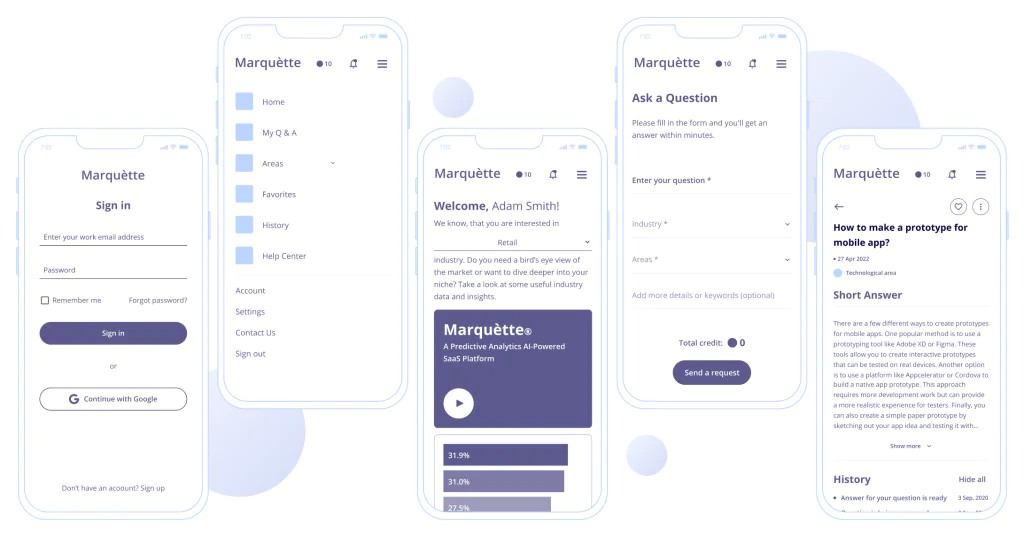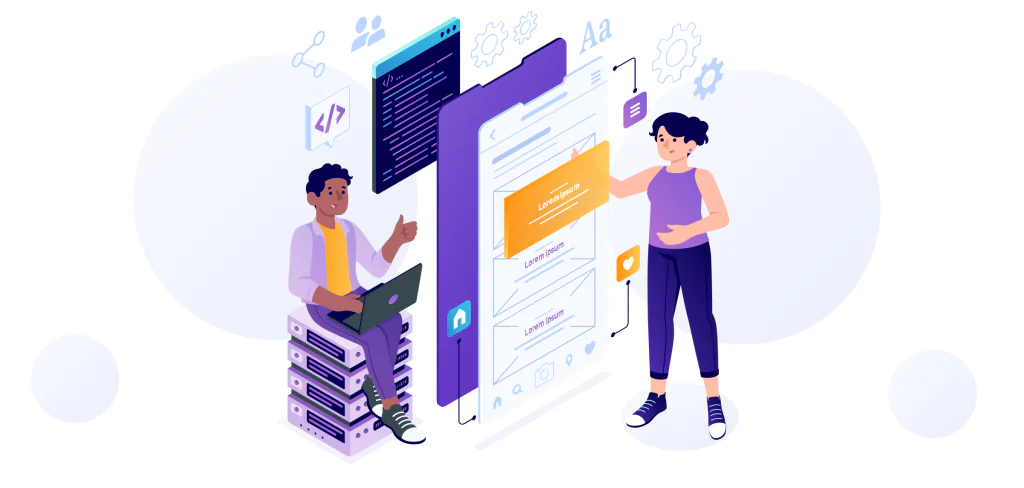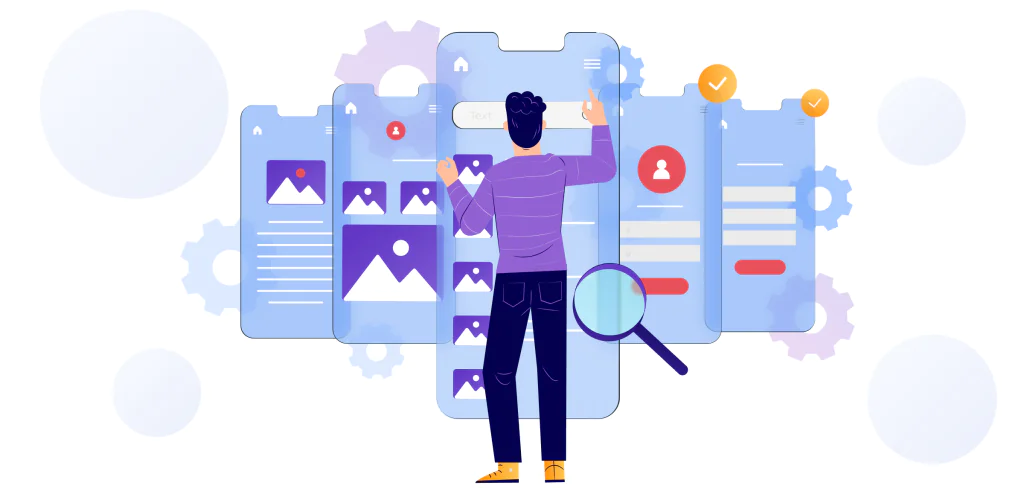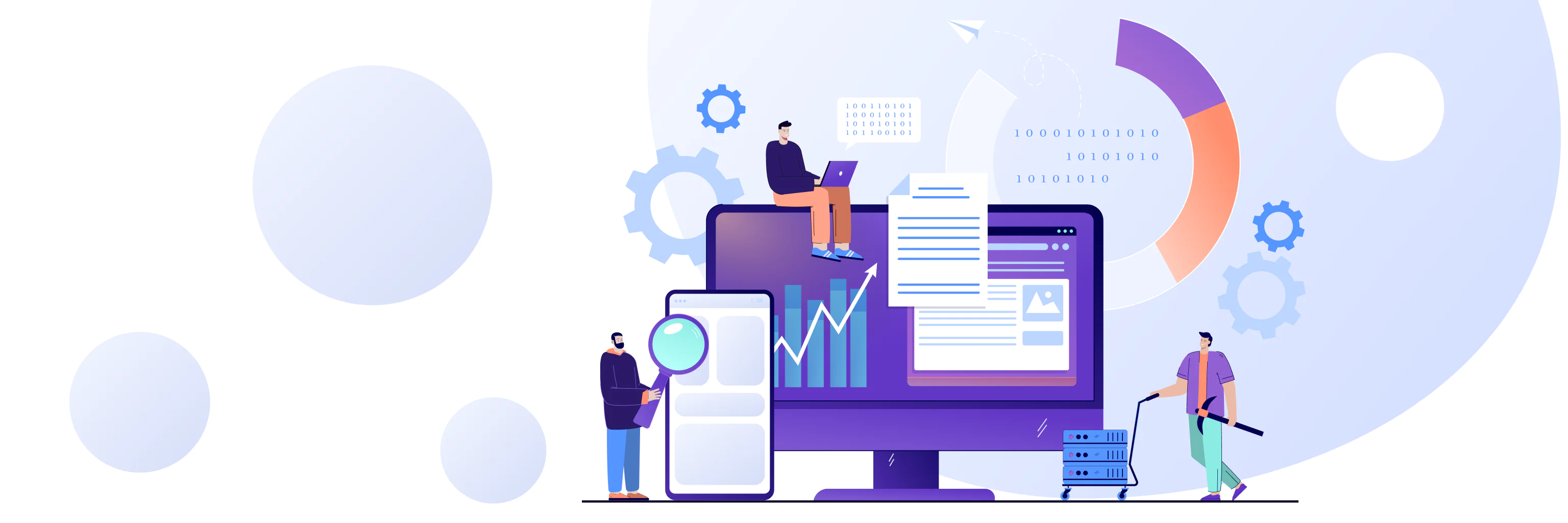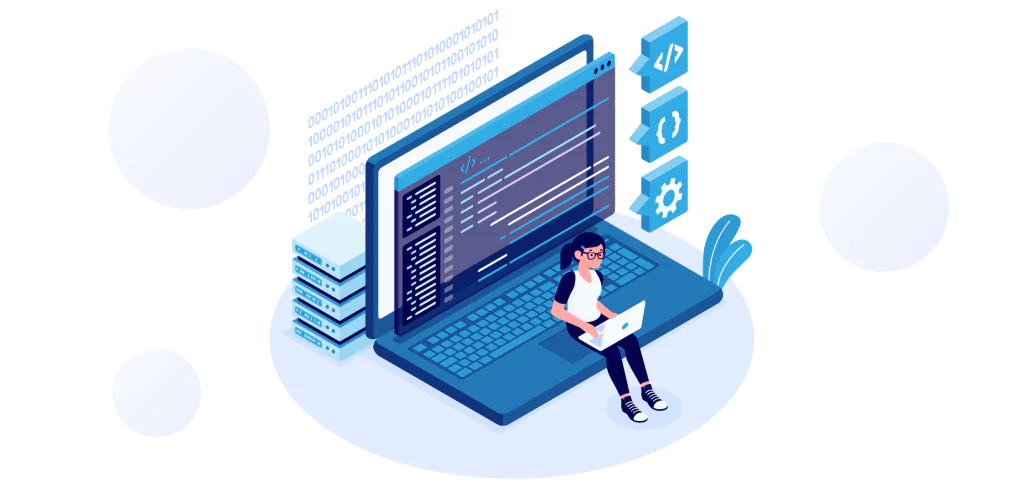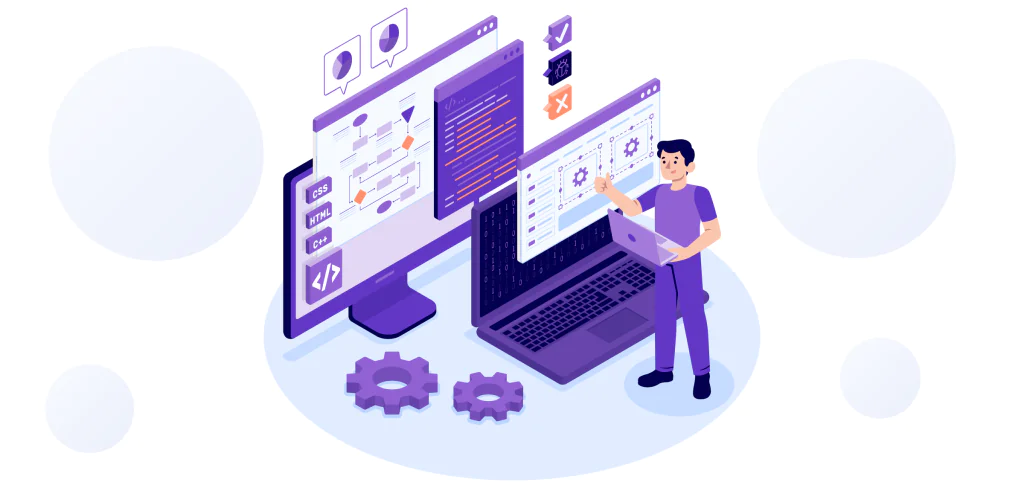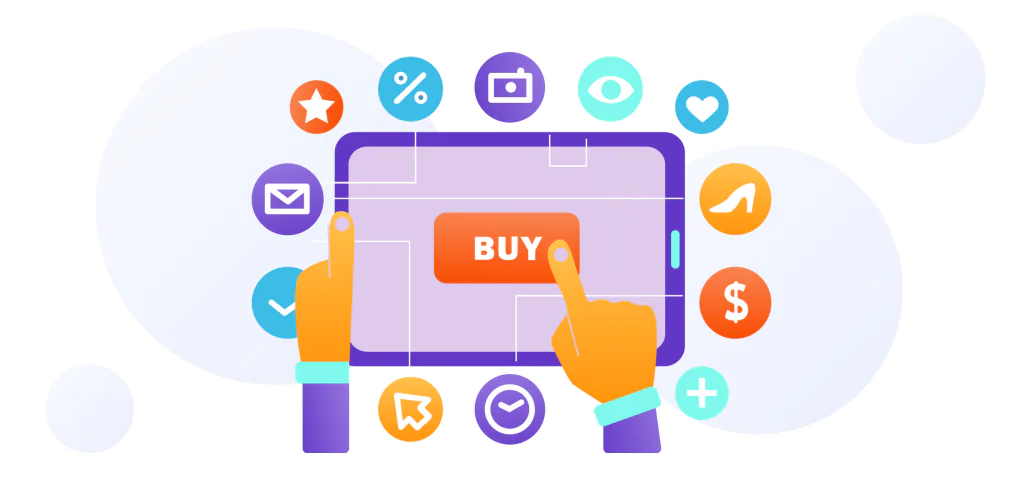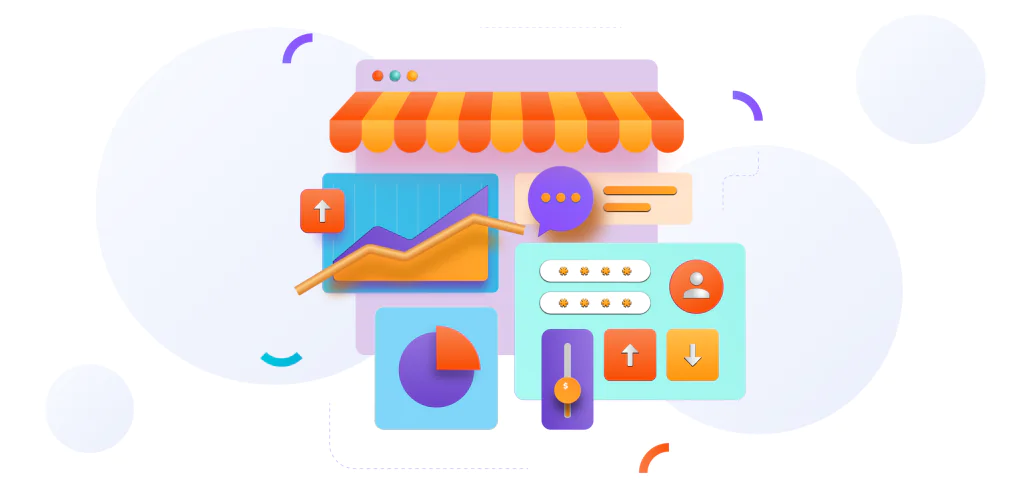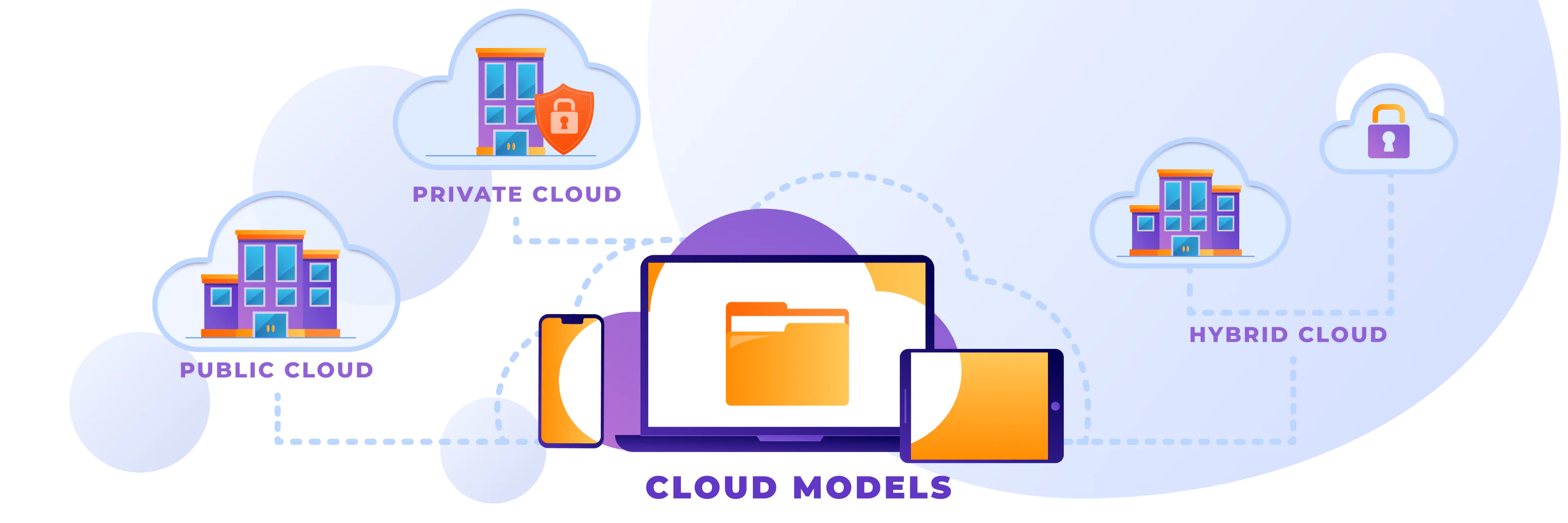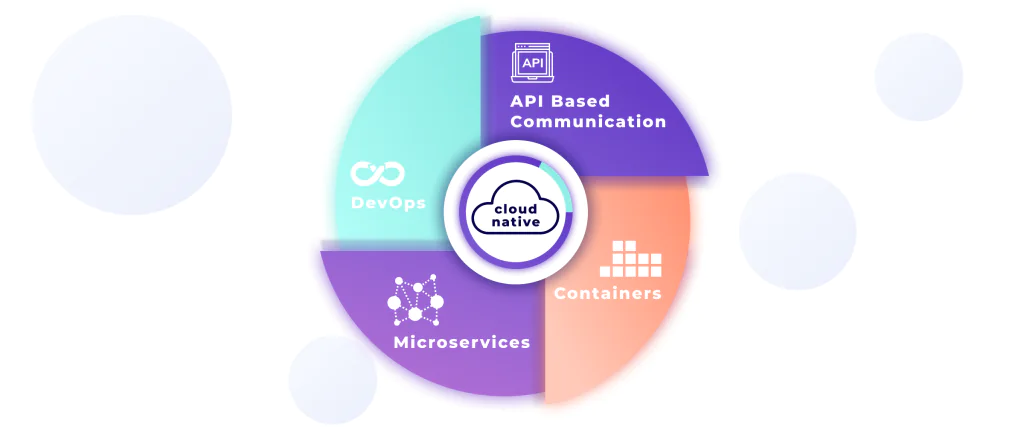Do you agree that Bubble is among the best no-code tools today? The Devtorium investigative team studying low-code/no-code platforms seems to think so. That’s why our talented young developers are now using that platform to create their first ERP product.
According to the HR department, it’s looking great so far.
At Devtorium, we strive to stay ahead of all the latest technology trends, and no-code development is on that list. We’ve discussed this technology’s history in one of our previous posts. Today our team of devs, Anastasiia Shtopko and Roman Dziuba, will explain why they think Bubble is among the best no-code tools and how it can be used for building efficient ERP solutions for SMBs.
Best No-Code Tools Analysis: Why Bubble?
Devtorium’s resident expert researcher of the best no-code tools, Anastasiia, investigated all the leading platforms. She concluded that Bubble, while not perfect, is best-suited for developing highly functional software solutions with minimum input from the developer.
According to her, the biggest advantage of Bubble is that it’s similar to JavaScript in the sense that the developer can write their own logic for the solution. This feature gives Bubble users the flexibility to create highly versatile solutions.
Another massive advantage of Bubble is that it’s a highly comprehensive platform for no-code development. Of course, having some understanding of software development is an advantage. However, the platform is so easy to use that literally anyone can build an app with it.
Bubble also offers an excellent selection of courses called Bubble Academy. They guide students through mastering the Bubble platform and using its technical capabilities to the maximum. You don’t need any background knowledge of coding to succeed in these courses and use the platform efficiently.
On the downside, Bubble isn’t as flexible as a developer might expect from one of the best no-code tools. During their work with this platform, Anastasiia and Roman discovered that it has some serious design limitations.
According to Anastasiia, the way to overcome this drawback is to have the application design ready before you start building it in Bubble. This way, you can set everything up the way you need it.
However, it’s extremely hard to change the design of the ‘bubble’ you created. Therefore, if you choose to develop and improve your ‘bubble’ further, it might be hard or even impossible to upgrade its UI and UX.

Custom ERP Made by Devtorium, or Our Experience of Working with Low-Code/No-Code Platforms
Of course, to explore the best no-code tools, our team needed to use them to create solutions. So we chose to develop an ERP, enterprise resource planning app to use within our own company first.
There are some fantastic cloud-based ERPs in the software market. However, the majority of them are designed for large-scale businesses. Our company needed some particular features and a solution that would be fast and efficient for an SMB-level business. So, that’s what Roman and Anastasiia are now working on using no-code development.
Both devs creating this in-house ERP system have just started their careers, and it’s their first project of this type. That’s why the resources offered by Bubble, and the extensive plugin library this platform has, are so necessary.
It might be just the beginning, but already our HR department has a chance to appreciate the solution. At the moment, the Devtorium ERP (sadly, it has no cooler name yet) can automate and facilitate essential tasks.
- HR professionals can compile a database of all company employees with added important information. For example, when the work is finished, HRs or any other system user will be able to see what project the employee is working on or their vacation/days-off information. This can help small businesses track and manage their human resources more efficiently.
- Our ERP can already manage the entire review process. At Devtorium, all employees receive 360-degree feedback. The Review functionality of our system allows the HR department to collect and process feedback, generate reports, and put in additional data, such as superior’s reviews and salary raise notifications.
According to updates from Roman and Anastasiia, there are more features to come. We are all looking forward to the things they will create!

In Conclusion: Will Devtorium Use the Best No-Code Tools in Future Projects?
We are futurists at Devtorium, so we use cutting-edge technologies to their utmost potential. Being a company of developers, we also create such technologies.
It means that we greatly value our developers’ time. Therefore, we are sure to keep looking for and using the best no-code tools.
It’s true that today some people are anxious about rapid AI development and its impact on our society. However, we are 100% sure that AI-powered low-code/no-code technologies won’t replace developers. On the contrary, they offer fantastic assistance to software engineers.
Bubble and similar platforms are efficient and allow one to create very useful software. However, the resulting solutions are SMB-level at best. Professional and enterprise-level software is too complex, so no-code development can’t handle such tasks.
Moreover, developers today often need to spend a lot of time doing repetitive tasks or working on small projects. They are important, no doubt of that. However, this kind of work takes a lot of valuable time.
Low-code/no-code platforms can help automate tasks, saving time and effort for the developer. In addition, using those services cuts costs for the client. So, a software engineer has more time to work on more advanced and complicated tasks and test their ideas, while the client gets high-quality solutions at a lower price.
Everyone wins!
That’s the result we are working for at Devtorium. If you have a software idea and want to see how we can bring it to life in the most cost-efficient manner, contact us today!


